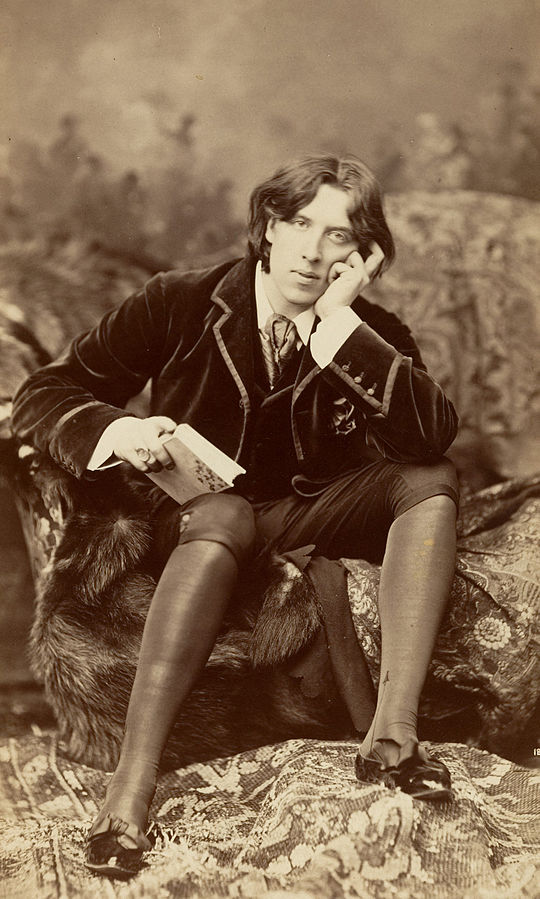
Figure 1 – Portrait of Oscar Wilde by Napoleon Sarony , 1882. From the Wikipedia, scan of an original in the Metropolitan Museon of Art, NYC, and in the public domain because of its age.
Last month I blogged about Evelyn Nesbit, “The World’s First Supermodel.” The beautiful portrait that I posted was by “Sarony’, and this got me interested in exactly who Sarony was. The picture in question was most probably by Otto Sarony ((1850-1903)). Otto was one of three famous Sarony portrait artists. Such artists were the people that have given us those marvelously fleeting moments of the nineteenth and early twentieth centuries. These are the people who ultimately preserved for posterity those faces. And it is, perhaps, difficult to project back to a time when to get an enduring picture of yourself or a loved one. You couldn’t just raise a cell phone in front of your face. You couldn’t even use a Kodak Brownie or 35 mm camera. You had to deliberately and quite consciously go into a photographer’s parlor. Many of these portraitists were mere technicins. Others had a gift for their craft that endures the ages. And we may begin with one of the true greats, Napoleon Sarony (1821-1896), who was Otto’s father.
Napoleon Sarony was born in Quebec in 1821 and moved to New York City sometime around 1836. Early in his career, he was an illustrator for Currier and Ives and subsequently partnered with James Major to form their own lithography business, Sarony & Major, in 1843. Napoleon left this successful business in 1867. He established a photography studio at a point when celebrity photographs were a major fad. Photographers paid these celebrities to sit for them and then retained full rights on the images which they sold to a star hungry public. As an example, Sarony is reported to have paid the popular stage actress Sarah Bernhardt $1,500 to pose for his camera. This is equivalent to about $20,000 today.
Napoleon Sarony was extremely well connected. Along with Mark Twain, he was involved in the founding of the Salmagundi Club, an association of artists, and was also a member of the Tile Club whose members included well-known authors and journalists. Thousand of people came to sit for him including many important figures of the day such as: William Tecumseh Sherman, Mark Twain, and Oscar Wilde.
Figure 1 is one of the portraits that Napoleon Sarony took of Oscar Wilde. It is significant for two reasons. First, it shows Sarony’s marvelous ability to capture a person’s spirit and individuality. The shoes and stockings are wonderful and then there is the dreamy background figures, which perhaps denote symbolically the vision of the poet. Second, it is the photograph that extended copyright protection to photographs. The Burrow-Giles lithographic Company used unauthorized lithographs of this image in an advertisement. Sarony sued in a case that ultimately reached the United States Supreme Court, which affirmed a lower court ruling. Sarony won a judgment of $600 in 1884, but American photographers won the right to copyright protect their work.

Pingback: Being photographed, 1870